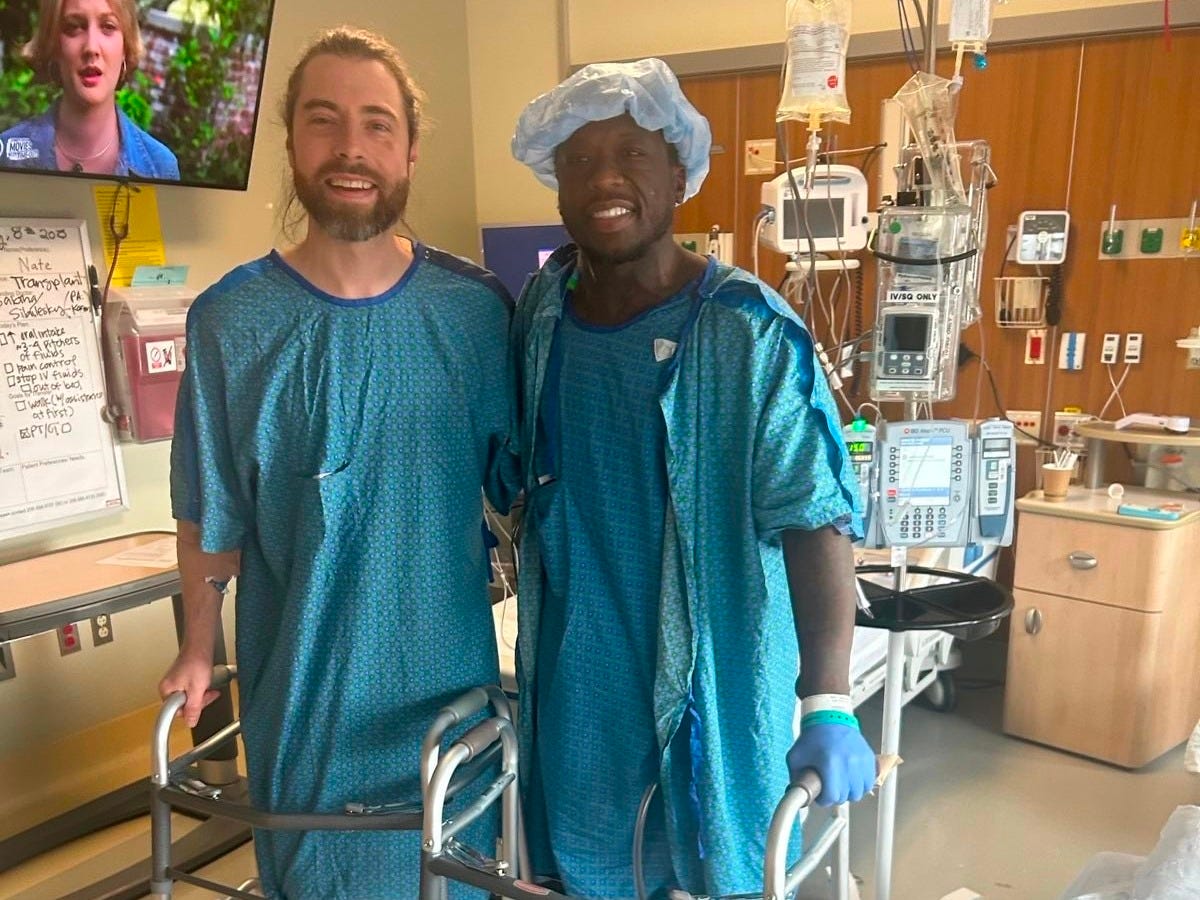Nate Robinson needed a kidney. Shane Cleveland knew he could help
'It was just one of those moments where there was great clarity on what I needed to do.'
Shane Cleveland is 44 years old. He lives in Bremerton with his wife, Kara, and their four daughters, aged 17 to 9. A graduate of Central Washington University, Shane studied journalism and once worked as a business reporter. Now, he handles IT and other digital matters for his wife’s family’s business in Silverdale. He loves boats and restored a 1965 B…



